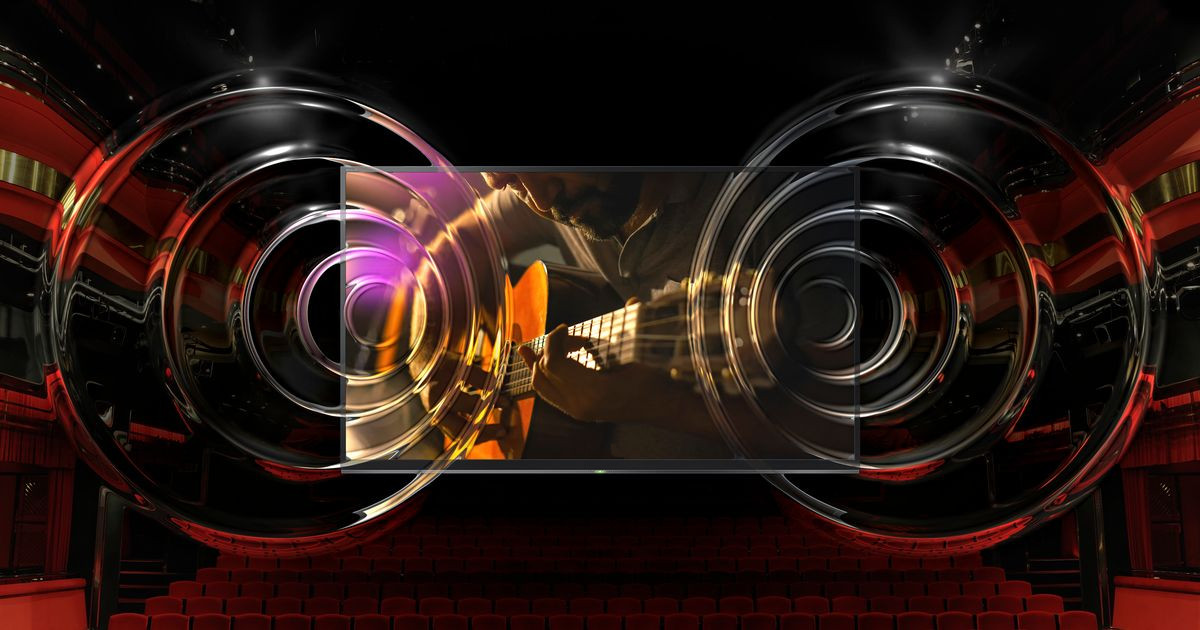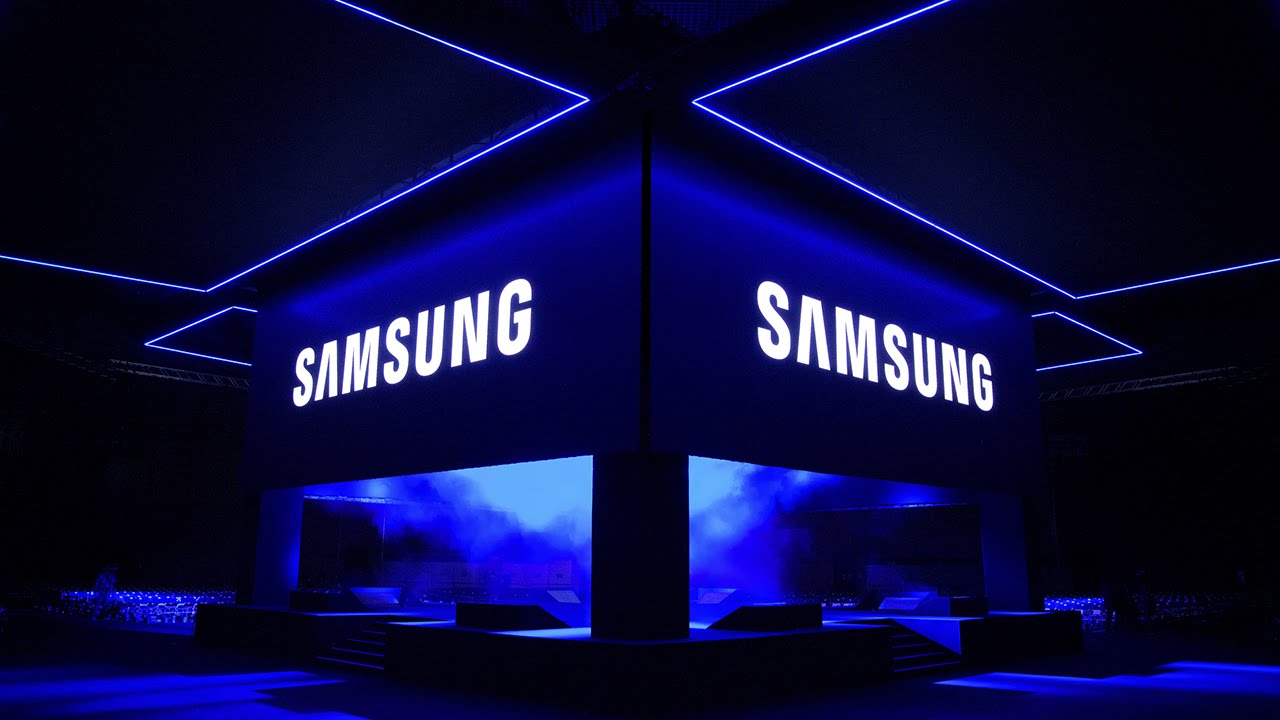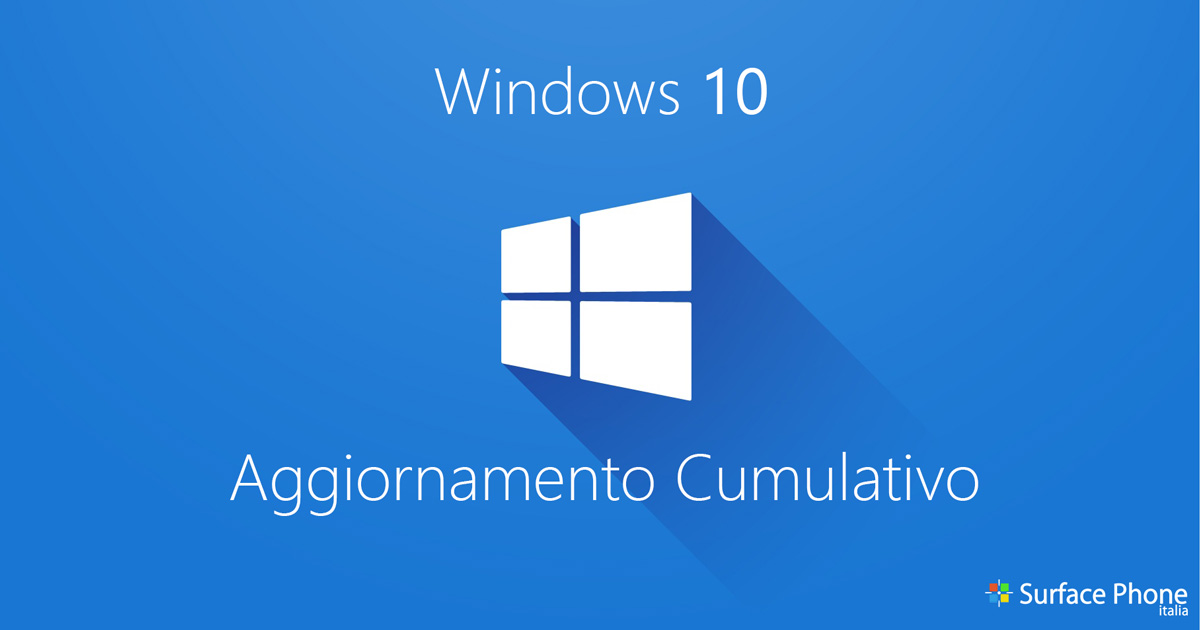
Gli smartphone attuali che sempre più basano la loro struttura su un unico display che ricopre completamente la parte anteriore del dispositivo rappresentano una vera e propria scommessa per gli ingegneri quando si tratta di posizionare la fotocamera frontale nonché lo stesso altoparlante per l’audio durante le conversazioni telefoniche e Microsoft sembra stia studiando una possibile soluzione.
Recentemente Vivo Apex ha presentato una ricerca, oggetto di questo articolo, che vede l’impiego di una fotocamera che emerge con un clic dal bordo superiore dello smartphone.
Per quanto invece riguarda il comparto audio questa volta è la stessa Microsoft a far parlare di se’ con un brevetto emerso in rete in queste ore e che risale come data di registrazione a Settembre 2016
Il brevetto prende il nome di “DISPLAY STRUCTURE HAVING A VISUAL DISPLAY AND AN AUDIO OUTPUT” e si incentra su un display in grado di emettere output sonori direttamente dalla sua struttura.
All’interno di un display di tipo OLED Microsoft avrebbe previsto di integrare uno strato piezoelettrico che opportunamente stimolato elettricamente attraverso un circuito guida possa deformare uno strato e generare un output sonoro. La multinazionale di Redmond nota come questo sistema potrebbe essere impiegato anche per rilasciare un feedback tattile quando l’utente tocca il display touch.
Questo il dettaglio della spiegazione:
“It is commonly a requirement for mobile devices to provide both a visual display and audio output. Typically, mobile devices satisfy this requirement by having a visual display and a separate dedicated speaker or speakers. However, this approach can have the disadvantage that sufficient volume must be found within the mobile device to contain the visual display and the speaker or speakers. Further, in mobile devices having a large amount, or all, of a front face of the mobile device occupied by the visual display it can be difficult to find sufficient space on the front face for a speaker opening, forcing the speakers to be located on the sides or rear of the mobile device, where they direct sound away from a user.
A display surface structure comprises a deformable transparent surface layer, a visual display layer visible through the deformable transparent surface layer, a piezo-electric layer in mechanical communication with the deformable transparent surface layer, and a drive circuit in electrical communication with the piezo-electric layer. The drive circuit sends a drive signal to the piezo-electric layer to cause the piezo-electric layer to deform the deformable transparent surface layer and generate an audio output.
In one example, the present disclosure provides a display structure comprising: a deformable transparent surface layer; a visual display layer visible through the deformable transparent surface layer; a piezo-electric layer in mechanical communication with the deformable transparent surface layer; and a drive circuit in electrical communication with the piezo-electric layer, wherein the drive circuit is arranged to send a drive signal (406) to the piezo-electric layer which will cause the piezo- electric layer to deform the deformable transparent surface layer to generate an audio output.”
Come sempre accade in questi casi il brevetto in oggetto potrebbe rivelare una prossima tecnologia che verrà adottata nei display dei futuri dispositivi Surface in arrivo oppure potrebbe essere una semplice ricerca che non raggiungerà mai il mercato in un prodotto finito.
ArrayPer restare sempre aggiornato sulle ultime novità scarica la nostra APP ufficiale oppure iscriviti alle nostre notifiche istantanee oppure seguici su Facebook, Twitter, Telegram e Instagram!


![WSATools: attualmente non disponibile [Agg.2 Disponibile] WSATools](https://windowsinsiders.com/wp-content/uploads/2021/11/WSATools-m-218x150.jpg)


![WSATools: attualmente non disponibile [Agg.2 Disponibile] WSATools](https://windowsinsiders.com/wp-content/uploads/2021/11/WSATools-m-100x70.jpg)



credo sia qualcosa di simile al sistema Omnisonic installato sui Surface Laptop
Comments are closed.